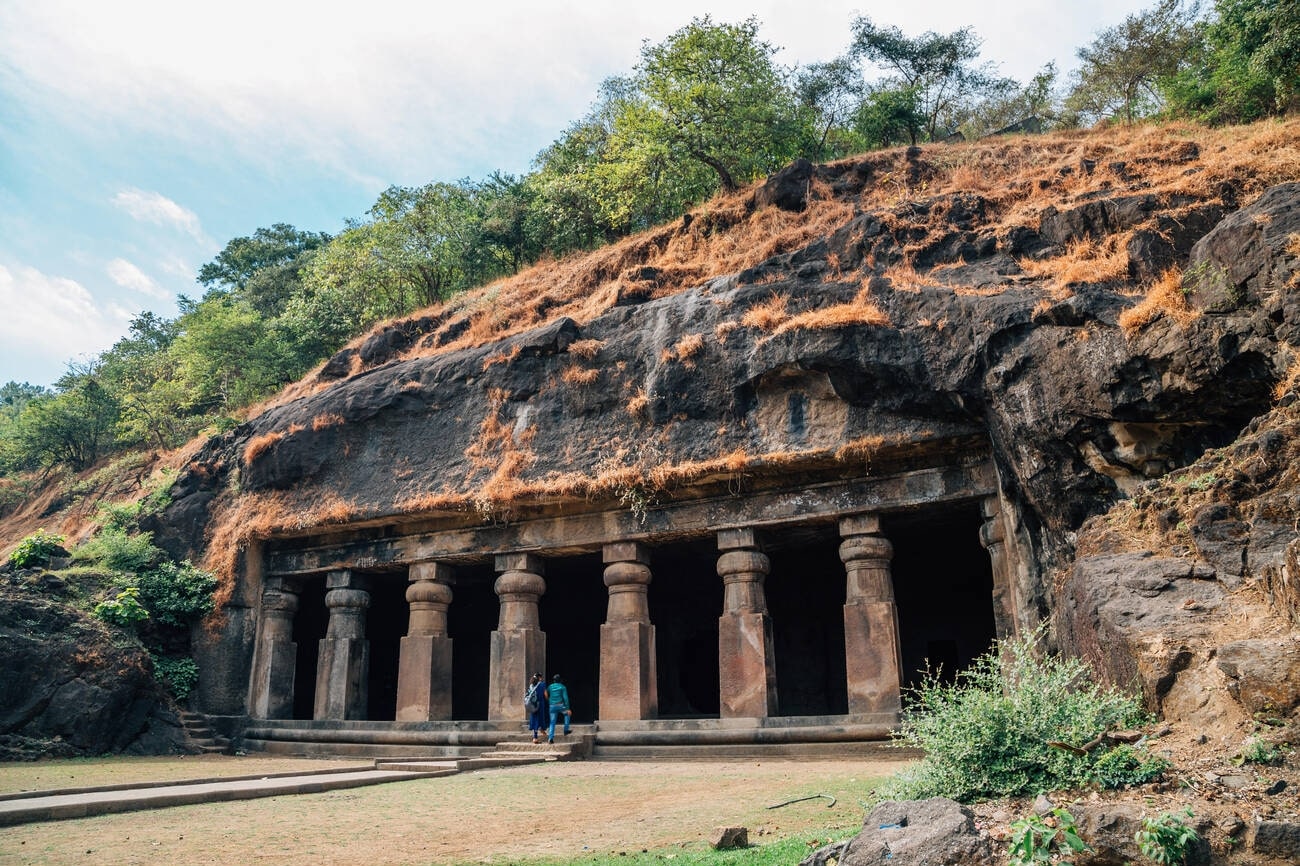
Elephanta Caves Mumbai: Uncovering The Mysteries
The Elephanta Caves are a part of the busy City of Mumbai and a masterpiece in disguise. These caves are one of the major attractions in the whole city of Mumbai. Over the years, it has evolved into a tourist destination. The vintage historical significance of these Elephanta caves Mumbai draws tourists’ attention towards it.
There are two groups of alcoves at the site of the Elephanta Caves Mumbai, the primary one is a large group of five Hindu caves and the second is a smaller group of two Buddhist caves. The Hindu caves include stone sculptures representing the Shaiva Hindu sect.
The caves are an expression of art and several essential imageries are sculpted here, which include ‘Trimurti’ or three-headed Shiva, ‘Gangadhar’ that is a manifestation of the river Ganga as she descends to the earth and ‘Ardhnarishwar’, which is a representation of Shiva and Parvati within the same body.
Let’s dive into the journey of Elephanta Caves Mumbai, at the beginning of the Jetty at the Gateway of India. As the boat pulls out from the beach, and ships arrive into a better view, the journey will take you on a route that is parallel to the route which you’ve entered, along the Eastern Freeway.
The skyline in Mumbai remains unique, but the ones of Sewri and Wadala actually replace the high rises of South Mumbai. Ships spatter the sea, amidst oil rigs and in between the distance are huge oil companies of BPCL and HPCL.
As you approach the island, the Bhabha Atomic Research Centre seems closer than ever, and the 2 massive nuclear reactors are absolutely visible. On the other side of the island is the JNPT(Jawaharlal Nehru Port Trust), a busy hub of pursuit.
The Elephanta caves Mumbai, and Gharapuri, come from the nearby names of the caves in addition to the fort atop the hill. However, it is believed that this is the metropolis of Agraharaipuri or the Konkan Mauryas. This is believed to be Puri or Sripuri, articulated inside the Aihole inscription as the fortune of the western sea.
Suggested Read: Best Places To Visit In Maharastra
Elephanta Caves History
Historians date the Elephanta Cave temple lower returned to past due 5th – 8th century AD but excavations of Kshatrapa coins dated to the 4th century AD have additionally been unearthed right there. Records are available from the defeat of the Mauryan rulers of Konkan via the Badami Chalukyas emperor Pulakesi II.
At that point, Elephanta was referred to as Puri or Purika and turned into the capital of the Konkan Mauryas. As a result of this, a few historians believe that the caves were built using them during their reign.
Other historians have given credit for the caves to the Kalachuris who are believed to have some relationship with the Konkan Mauryas. These assumptions are primarily based on the truth that the Elephanta Caves history is devoted to Pashupata Shaivismsect, a sect to which Kalachuris, as well as Konkan Mauryas, belonged.
Other than those, the Chalukyas and Rashtrakutas are also believed to have been at the back of the creation of those impressive caves. Obeying the rules of the Chalukyas, Elephanta Caves history fell into the fingers of the Gujarat Sultanate, who surrendered it to the Portuguese in 1534.
The Portuguese renamed the island as “Elephanta Island” because of the massive stone statue of an elephant that was located close to the island. Elephanta Caves saw a principal breakdown underneath the Portuguese till 1661 when the caves came under the territory of the British.
The major cave was restored in the 1970s however the other caves are nonetheless in a very despicable condition. The Elephanta Caves were featured in UNESCO’s listing of World Heritage Sites in 1987 and have become an extra famous tourist vacation spot after that.
Suggested Read: Best Things To Do In Maharashtra
Subscribe to our Newsletter
Subscribe to our newsletter to receive exclusive offers, latest news and updates.
Architecture Of Elephanta Caves Mumbai
The principal cave has a statue of Ravana lifting Kailash mountain, Shiva-Parvati on Kailash, Ardhanarishvara is a representation of Shiva and Parvati in the same body, Trimurti that’s the 3 types of Lord Shiva, Gangadhara which is a cascade of the Ganges from the heavens to the earth, a description of Shiva’s wedding ceremony, Shiva slaying Andhaka, Nataraja or a description of Shiva appearing the Taandav, Yogishvara and the Shiva Linga.
The east wing sanctum of the Elephanta Caves has carvings on Kartikeya, Matrikas, Ganesha and Dvarapala upon its surface, at the same time as the west wing has Yogishvara and Nataraja embellishing the caves.
Places To Visit Near Elephanta Caves
- Marine Drive
- Juhu Beach
- Gateway of India
- Siddhi Vinayak Temple
1. Marine Drive
Marine Drive is also Mumbai’s most craved residential area that shows off extravagance multi-storey residences and individual bungalows. This extremely evolved place is in huge demand. Mumbai citizens keep a memorable place in their hearts for Marine Drive and there are some best places to visit in Mumbai.
The flawless climate of Marine Drive attracts not only tourists but also endless traffic who come right there for its active spirit. Surrounded by way of multiple food establishments presenting local and international cuisine, this location guarantees an interesting culinary experience that is perfect alongside an ocean look that soothes your mind and soul.
Anyone can participate in various sports consisting of tasting street food or sipping on glowing coconut water or chai even witnessing spectacular views that depart one spellbound. The lively surroundings and the aroma of delicious dishes make Marine Drive a food lover’s paradise. Along Marine Drive, a whole lot of sports and cultural fairs are held to spotlight the town’s thriving arts and lifestyle.
People assemble there to unwind, create memories, and usually relax. Marine Drive gives a haven away experience from busy day existence, whether it’s far for a leisurely nighttime stroll, a romantic date, or peaceful times.
2. Juhu Beach
The culinary pleasures at Juhu Beach are every other foremost attraction. The beach is well-known for its street meal stalls, which provide a tantalising collection of neighbourhood cuisine. From pav bhaji and bhel puri to pani puri and vada pav, you could taste the flavours of Mumbai’s street food scene whilst taking part in the sea breeze and the sound of crashing waves.
Juhu Beach isn’t always just about its realistic beauty, it’s also a rich hub of hobbies. The beach tempts locals and travellers alike, making it an active and bustling region in the course of the day. You can witness a flurry of sports, ranging from youngsters building sandcastles to locals having fun on cricket or volleyball on the beach.
For those searching for an adrenaline rush, there are alternatives for horseback rides and thrilling water sports which include jet snowboarding and parasailing.
Juhu Beach is also recognized for its affiliation with Bollywood, the Hindi movie enterprise. Many Bollywood celebrities stay inside the area, and you can spot them taking leisurely walks or walking alongside the seashore. Moreover, the beach occasionally serves as a filming location for films, including its attraction and charm.
3. Gateway of India
Built in Indo-Saracenic fashion, the muse stone for the Gateway of India was laid on 31 March 1911. The structure is an arch manufactured from basalt, 26 metres (eighty-five feet) high. The very last layout of George Wittet was authorized in 1914 and the development of the monument was completed in 1924. The Gateway was later used as a symbolic ceremonious entrance to India for the Viceroys and the new Governors of Bombay. It served to permit access and entry to India.
The Gateway of India is positioned on the waterfront at the Apollo Bunder location at the end of the Chhatrapati Shivaji Marg in South Mumbai and encounters the Arabian Sea. The monument has also been referred to as the Taj Mahal of Mumbai and is the city’s top visitor enchantment.
Suggested Read: India Gate: A Journey Through Time and Culture
4. Siddhi Vinayak Temple
Devotees, who visit Mumbai will not leave the city without praying at the Siddhivinayak Temple. Not only this but it’s also counted among the richest temples in the United States as numerous Bollywood celebrities and different prosperous personalities come right here and make huge offerings in cash.
The temple, which is located in Prabhadevi place, can be easily reached from all the corners of Mumbai. If you’re in the South Mumbai area, you can choose cabs or Brihanmumbai Electric Supply and Transport buses.
And also can reach the temple by taking nearby trains and attain Dadar. From Dadar Railway Station, you can either take shared cabs or everyday taxis to attain Prabhadevi. People commonly prefer to stroll to the temple from the station as it’s miles simply 15 minutes away.
Elephanta Caves Timings
Restaurants Near Elephanta Caves
Elephanta Port Restaurant, Afzal Mao, Mao Family Restaurant, Cafe Bahar Taste of Kerala( it is one of the best cafes in Mumbai)
Elephanta Caves Ticket Price
Elephanta Caves ticket price for foreigners is Rs. 600
Frequently Asked Questions (FAQS)
Q:What is special about Elephanta Caves?
Q:What is the best time to visit Elephanta Caves?
Q:On Which day is Elephanta Caves closed?
Q:How much is the toy train ticket in Elephanta Caves?
Subscribe to our Newsletter
Subscribe to our newsletter to receive exclusive offers, latest news and updates.
Our Blog Post
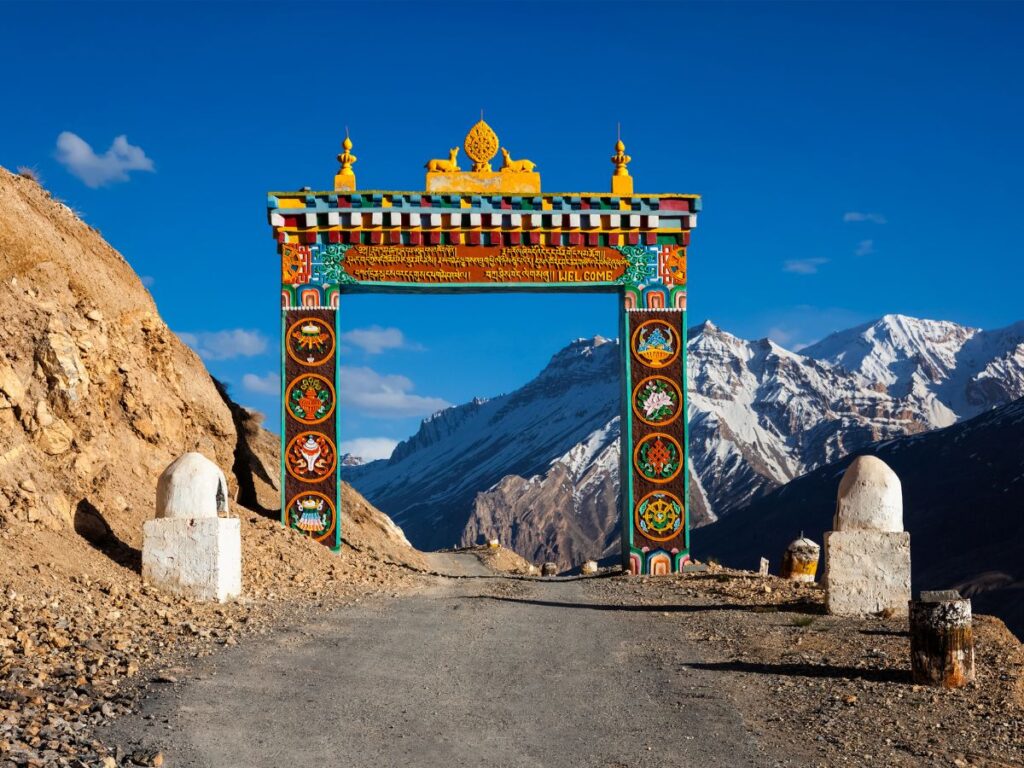
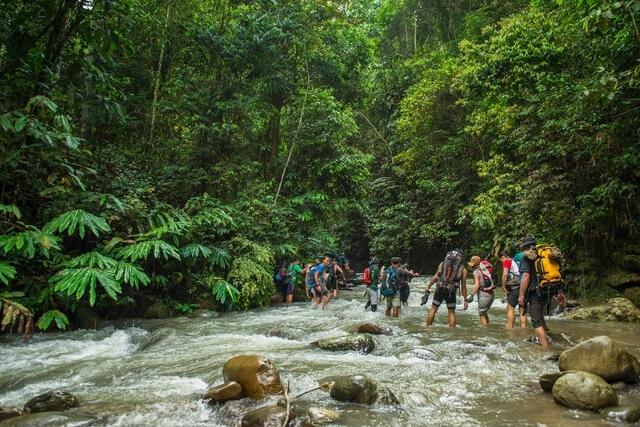
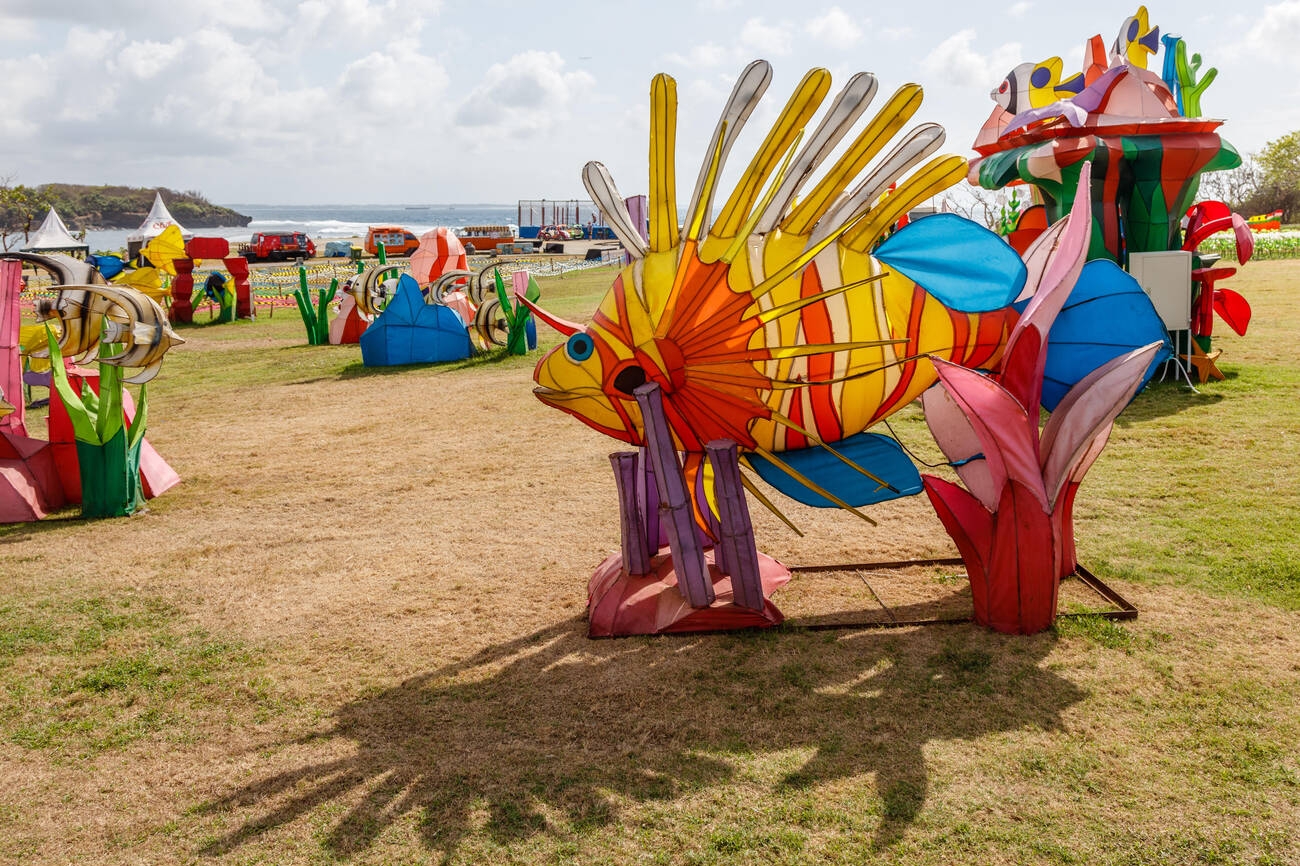
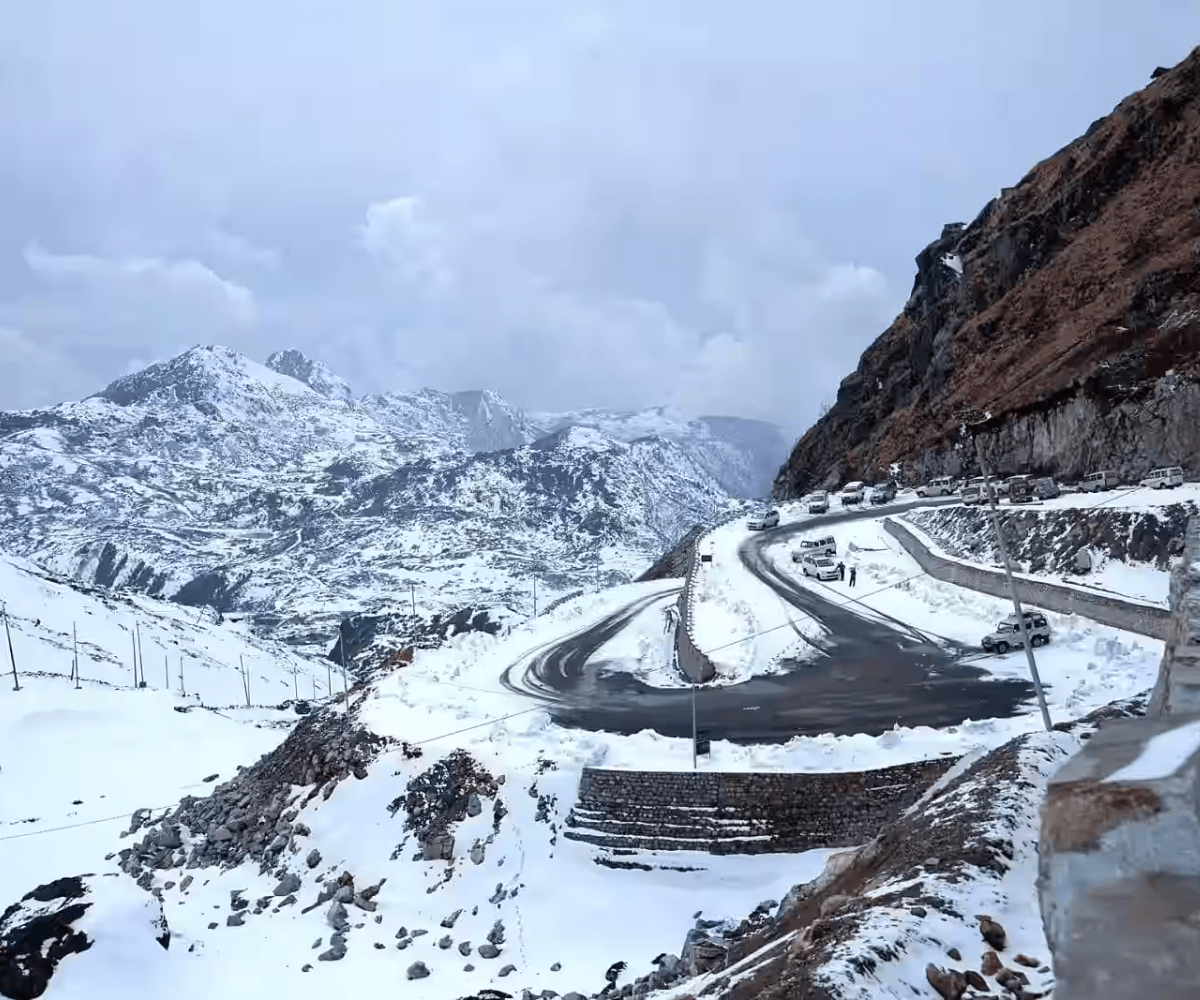

Looking for a hassle free trip?
Connect with our experts! Get the best Itineraries and Offers!
About Us
We at WanderOn are a modern travel community that provides end to end travel packages in India and abroad. We design the best travel itineraries that encourage group traveling for like-minded people. Our services include road trips, trekking expeditions, corporate trips, and customized tour packages. On our trips, we ensure hassle-free traveling, top-notch accommodation and guided sightseeing that too in a budget that won't burn a hole in your pocket. Just give us your dates and be ready to experience traveling like never before.
WANDERON EXPERIENCES PVT LTD
3rd Floor, Building No-436, Phase IV, Udyog Vihar, Sector-18, Gurugram, Haryana-122001
